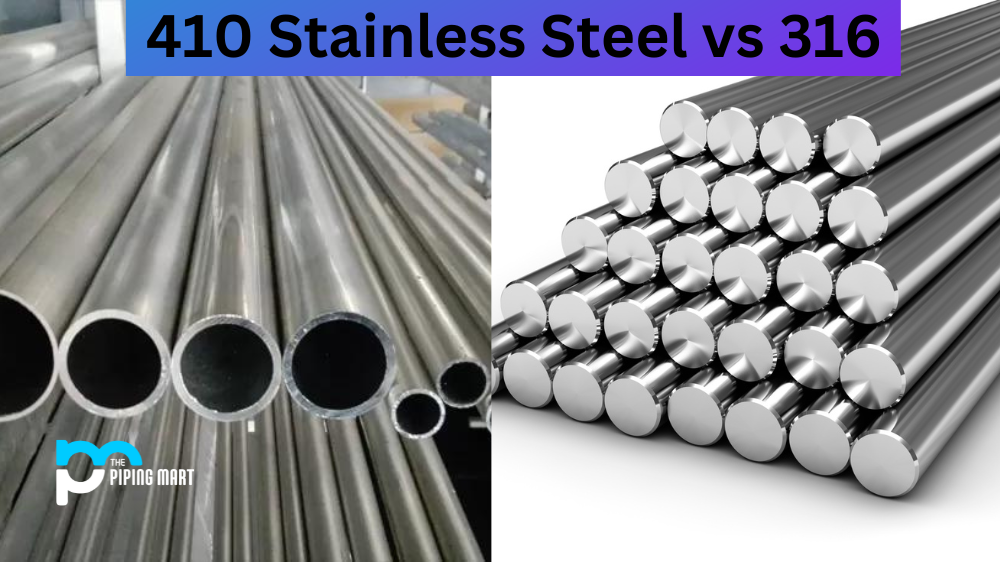Copper matte is a material formed by mixing copper sulfide with iron sulfide during the smelting process. It can be used to create alloys, like brass, and can also be processed further to create usable copper metal. In this post, we’ll discuss the extraction of copper from copper matte and how it’s done.
The extraction process begins with roasting the ore in an atmosphere that is low in oxygen. This reduces the sulfur content and makes it easier to extract copper metal. The roasted ore is then heated in a furnace at temperatures reaching as high as 1,200°C to form molten copper matte. The molten material contains iron sulfide, which must be removed before further processing can take place. To remove iron sulfide, an oxidizing agent such as oxygen or chlorine gas is added to the molten material; this causes the iron sulfide to react with oxygen or chlorine and form an oxide.
Once the oxidized material has cooled down enough for handling, it is then placed into a furnace known as a Bessemer converter, where air or oxygen-enriched air is blown through it under pressure at extremely high temperatures (around 1500°C). This causes oxidation reactions which turn most of the remaining sulfur and other impurities into sulfur dioxide and other gaseous products while allowing the copper metal to remain unoxidized and thus collect at the bottom of the Bessemer converter.
Tapping off these samples will allow you to collect pure copper metal, which can then be cast into molds and worked into useful shapes such as rods, sheets, wires, etc. To further purify it beyond that point, additional treatments using electrolysis may be necessary depending on what grade of purity you require for your end product.
Conclusion
Extracting usable copper from raw materials such as copper matte requires quite a few steps but, when done correctly, results in purer forms of usable metal than what was initially available in its raw form. This process has been used for many decades now and has become even more efficient over time due to advancements in technology, making it very cost-effective for those looking for quality metals for their projects. If you are studying chemistry or engineering-related fields at the school level, this topic might interest you greatly, so do check out more resources regarding this subject matter if you have some free time!
Sakshee is a talented blogger, with a particular focus on the Business and Metal Industry. She is passionate about sharing her insights on various metal products and helping professionals to make a better decisions.




